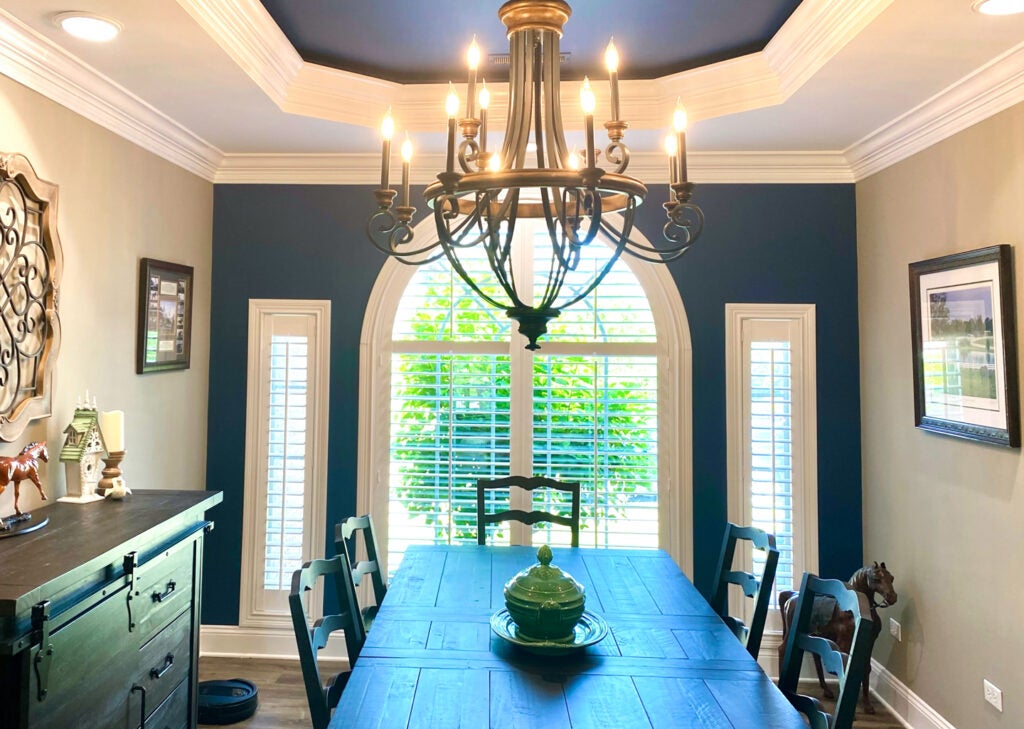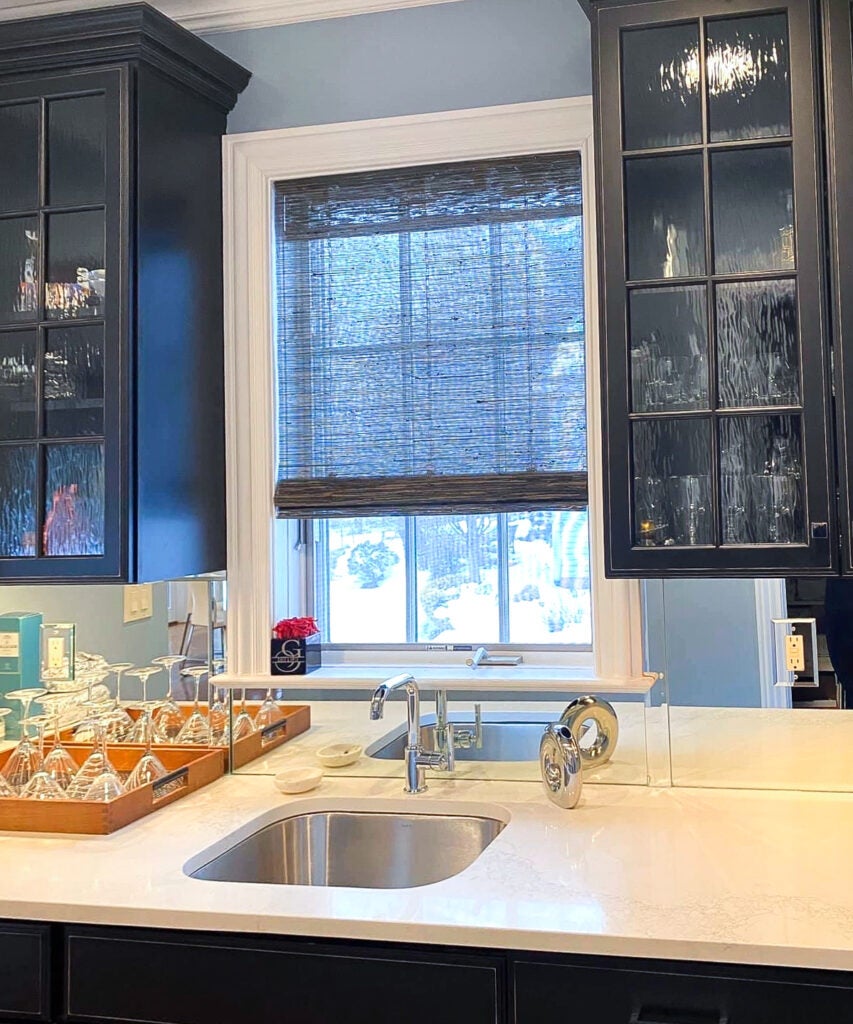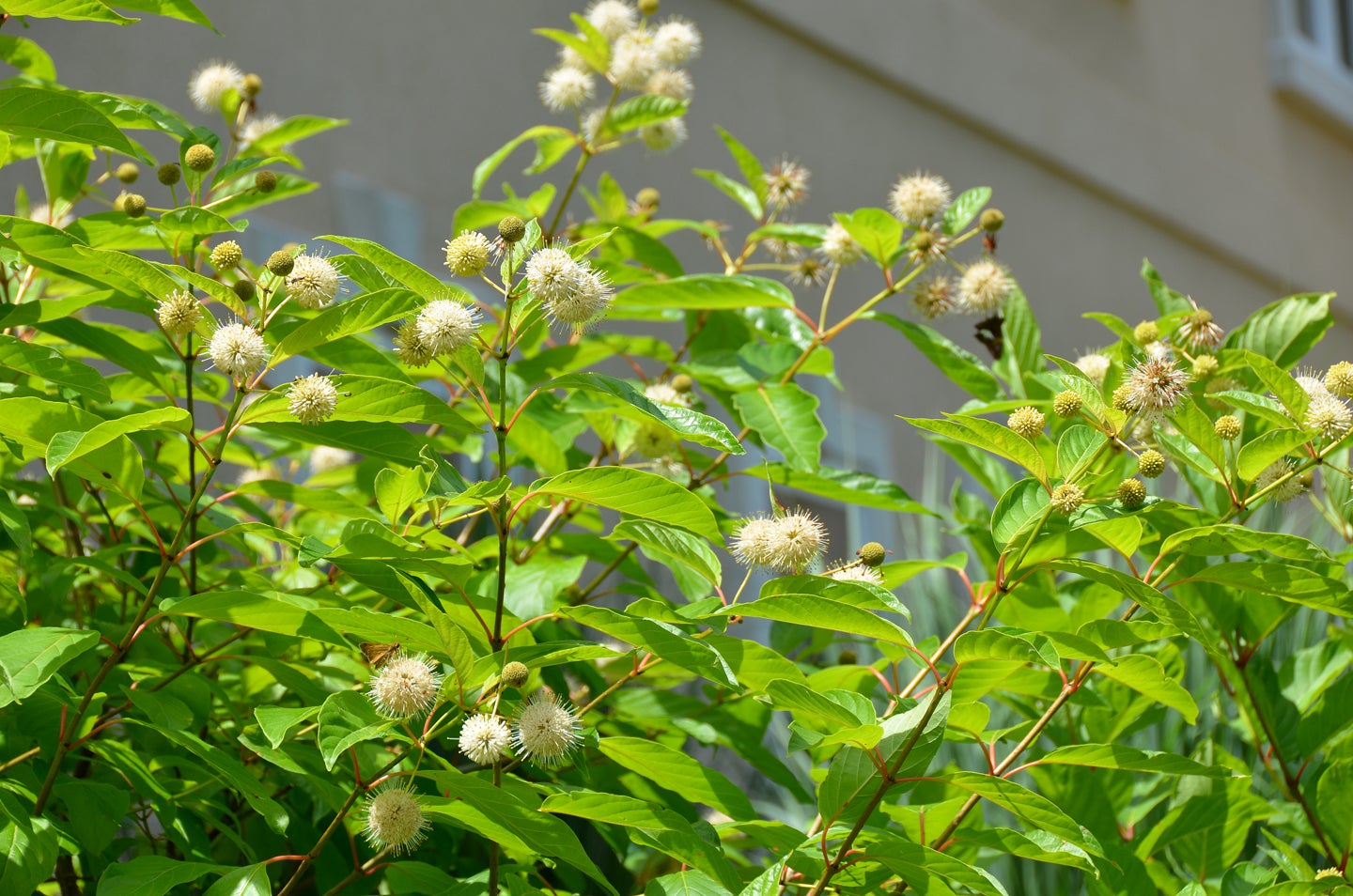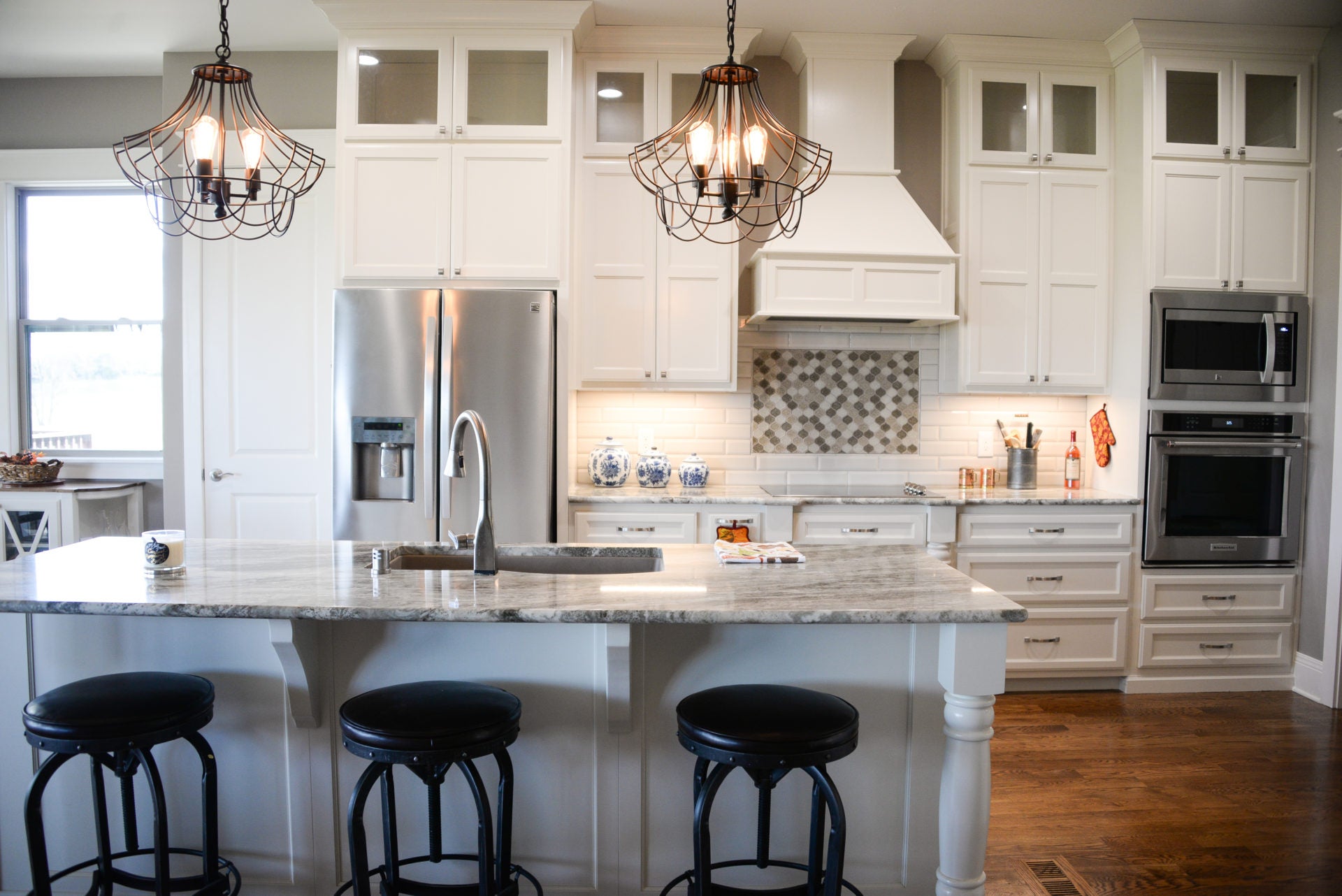From the public viewpoint, window treatments are often an afterthought. They are considered functional. How else do you manage the privacy of interior space? In the design world there is another reason to pursue the correct choice in window treatments. I am often shown photos via Pinterest or glossy magazine clippings with comments like, “I love this room” or “can we make my house look like this?” The key is to study all of the elements of a well designed space. If you look closely, you will nearly always find window treatments are used as an integral part of the aesthetic.
Window treatments are a major investment to be chosen wisely. The cost is justified by the fact they can (and should) add value to a home. Quality window treatments help sell homes. With a useful life of 10-15 years, they become semi-permanent fixtures that remain in the home when there is a transfer of ownership.
Most people understand window treatments provide function in both light filtering and temperature control. But interior designers have a different view point. What is more important is that they contribute to and complete a design. The wrong window treatments, dated window treatments or the lack of window treatments, can ruin any attempt to finish the design.
Proper window treatments complement interior and exterior spaces. Choose a professional like Budget Blinds, or any independent company that specializes in window treatments, for accurate measurements, trouble free installation, and product selection expertise. Professionals can help you with concerns about investing well versus what is trending. They can provide guidance on the products that work best for your home — and your design. Pro tip: Viewed from the outside (especially the front exterior view), window treatments should all be the same.
- Trending. According to Katie Welleford, of Budget Blinds of Georgetown, the fastest growing product is Woven Shades. Woven shades add an element of warmth and style. They can be a solid color (any color) or composed of natural wood and fibers. There is usually subtle light filtering when they are down. When they are up you have a full view of the world beyond the window.
- Traditional. Shutters remain a popular choice for traditionally styled home. The standard color for shutters is some variation of white. By using a bi-level or split window option, the top of the window can remain open, while the closed bottom provides privacy. Shutters in a faux wood material are more affordable and provide the longest, purposeful life.
- Dependable. Blinds have always been a dependable choice. With options in faux wood or natural wood, and in width — typically 2 or 3 inch — blinds remain the most popular product. Opt for professionally measured and made blinds to make sure the blinds look custom and last.
- Reliable. Draperies and/or drapery panels can bring an unlimited range of color and texture into a design. Using drapery panels with blinds, or shades, creates a layered look and provides the best effect in room darkening. Of all the window treatment options, draperies are the most difficult to keep dirt and dust free. Something to keep in mind when family members have respiratory concerns.
- Automation. Soaring ceiling heights almost always require automation for function. Upper level window treatments are unreachable without automation. With automation, the opening and closing of any window product is controlled by a remote. They are often on timers, so blinds (or any product) are closed when the sun goes up or down.












